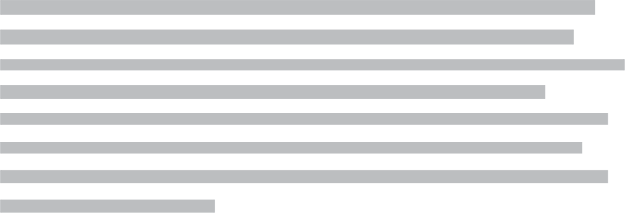All official European Union website addresses are in the europa.eu domain.
See all EU institutions and bodiesWaste generation in the EU increased since 2010, although at a slower pace than the EU economy indicating a modest decoupling of waste generation from economic growth.

From 2010 to 2022, total waste generation per capita in the EU-27 (excluding major mineral waste) increased by 3%, while GDP per capita grew by 17%. This suggests a modest decoupling of waste generation from economic growth, though waste production remains closely linked to economic activity.
The COVID-19 pandemic underscored the link between economic activity and waste generation. The economic slowdown in 2020 led to a sharp decline in consumption and waste generation, but as the economy rebounded, waste levels rose again in 2022. This suggests that behavioural shifts during lockdowns had a greater impact on waste reduction than existing prevention measures.
Waste generation trends vary by sector. Combustion waste from the energy sector aligns with fossil fuel use, indicating that climate policies, rather than waste prevention efforts, have driven reductions. Waste from services and manufacturing follows economic growth, though at a slower pace, while waste from waste treatment and water sectors continues to rise independently of economic trends. Factors such as technological changes, industrial activity shifts, and sector-specific variables further influence waste levels.




